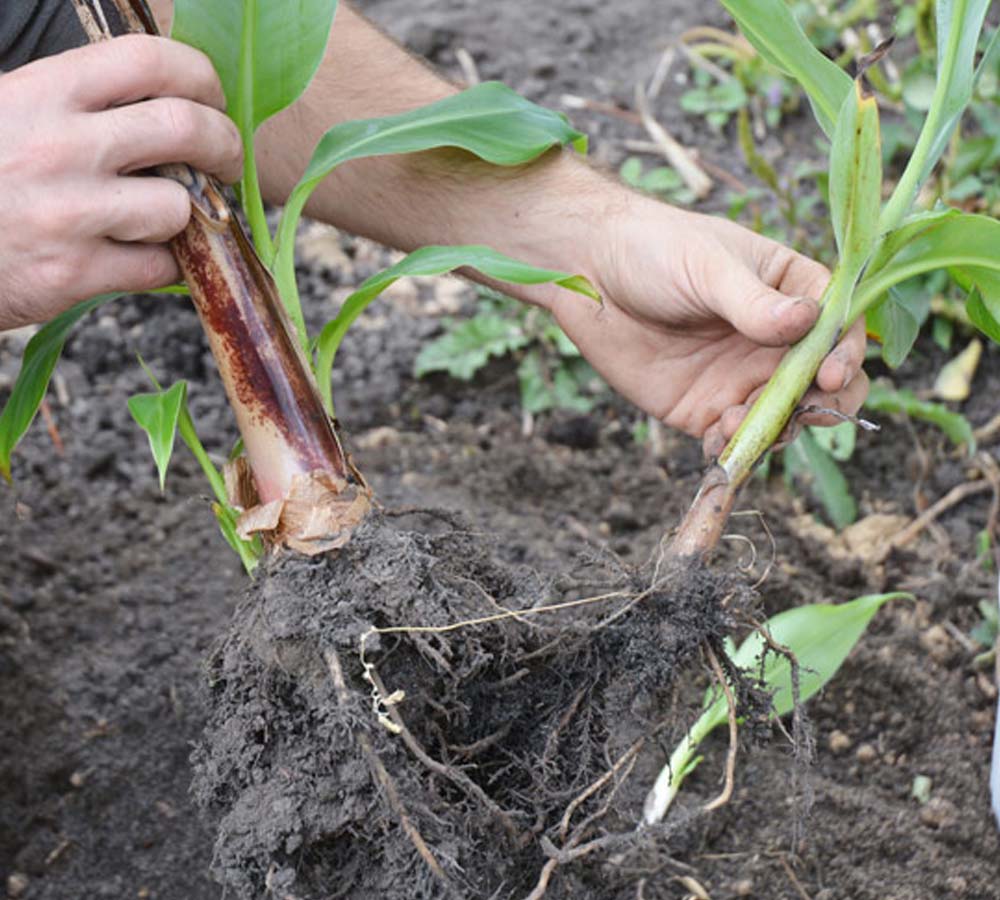How to grow Syringa Laciniata
Syringa laciniata - also known as the Feathered Persian Lilac - is a hardy, clump-forming shrub that thrives in the sun. Avid horticulturalists suggest the shrub originated as a hybrid of the vulgaris and protolaciniata which originated from Europe and western China respectively. Now, this deciduous shrub is grown in many household gardens, with blooms of light lilac scented flowers in the springtime.
With a spread of 3 metres and reaching heights of 2 metres, the Syringa laciniata is one of 12 recognised species of flowering woody plants from the Oleaceae or olive family. Overall, lilacs are easy to grow, fragrant, and come in a range of purple hues. The laciniata (or cutleaf lilac) enhances its beauty with green and deeply cut leaves. Give this sun-tolerant shrub some well-drained and neutral soil and watch as the finely textured foliage forms a perfect backdrop for the lilac pink flowers in the late springtime.
For nature lovers, the syringa laciniata is perfect - pollinators such as bees and butterflies are drawn to the lavender-pink flowers, and the foliage offers lobed leaves which turn yellow-green in the autumn.
Key Information
Soil pH
Position
Hardiness


Where & when to plant Syringa laciniata
As a relatively low-maintenance shrub, the lilac has a few simple requirements for planting: lots of sunlight; well-drained soil and; annual pruning. Remember to give your lilac a spot with plenty of space to spread, as it will take between 4-5 years for the shrub to reach maturity. Lilacs do not enjoy saturated roots, so make sure to plant in soil that drains well. While you can plant Syringa in the spring, early autumn is the best time to plant – ensuring you do so before the ground freezes.
How to plant Syringa Laciniata
While container-grown syringas can be planted at almost any time of year, bare roots should be planted in the autumn. Find a sunny spot with well-drained soil and room to spread. If you are planting multiple shrubs, leave around 1.5 metres of space between each.
If you have bare roots, start by soaking in water for around 15 minutes.
Dig a deep hole in the soil that will accommodate the root system and leave around 6-8cm of space between the top of the roots and the surface. Plant your Syringa Laciniata.
Backfill the hole with soil, then water thoroughly to remove any air pockets. For the first year, water regularly, especially in extended periods of dry weather. After the first year, add fertiliser to support growth at the base of the plant.
What to plant with Syringa Laciniata
When selecting a neighbour plant for your Syringa laciniata, choose a companion that blossoms at a similar time to create a colourful springtime array. Spring bulbs such as peonies or daffodils will provide bright yellows, pinks and whites that complement the lilac. All three plants thrive in sunny spots with well-drained soil - providing a perfect garden feature. Alternatively, you can choose another form of lilac which blooms at a slightly different time, giving you a little longer to enjoy your flowers. Try the ‘Miss Canada’ variety for late blooming pinks.



How to care for Syringa Laciniata
Pruning & Deadheading
Pruning for the S. laciniata is minimal and only required once a year. The best time to prune is a month after blooming, which encourages flower buds rather than seeds. To rejuvenate the plant without creating lasting damage, cut the stems of the oldest branches between 30-40 cm from the soil. Deadheading is generally not needed though can be done for cosmetic and aesthetic reasons.
Watering
After initial planting, make sure to water your Syringa laciniata regularly to help stimulate growth. In periods of dry weather, the soil will need a water top-up three times a week although be careful not to oversaturate the area.
Cold Protection
As one of the hardier lilacs, the Syringa laciniata should be able to tolerate the low temperatures of the UK winter.
Pests & Diseases
S. laciniata is prone to attack by slugs and snails, as well as powdery white mildew - a common plant disease. It may also be susceptible to caterpillar nibbles! To prevent most common garden diseases, make sure your plant is getting plenty of sunlight and that the soil is not too moist.
How to propagate Syringa Laciniata

To effectively propagate a Syringa laciniata, you will need to take softwood cuttings from the shrub. Cut a long section of softwood with secateurs or scissors from just above one of the leaves. Use a knife to cut at a leaf joint and remove leaves from the lower half of the softwood cutting

Cut the leaves in half to minimise water loss from the stem, and push the stem into cuttings compost in a small pot

Add a thin cane to each side of the pot and place a clear polythene bag on top. Hold in place with an elastic band and place the pot into a warm (not sunny) spot to grow. After around 6 weeks, you should have good roots and a cutting that is ready to re-pot.
Common Syringa Laciniata Questions
Does Syringa laciniata grow in shade?
While the Syringa laciniata is hardy, it thrives in full sun or partial sun conditions - with at least 6 hours of sunlight a day. If planted in the shade, your Syringa will grow although it will be unlikely to bloom well.
Is Syringa laciniata deciduous?
Yes, Syringa laciniata is deciduous. Flowers bloom in the spring and the leaves drop in the winter.
Is Syringa laciniata invasive?
Syringa laciniata itself and lilac shrubs are not particularly invasive, as long as they have plenty of room to grow and spread.




